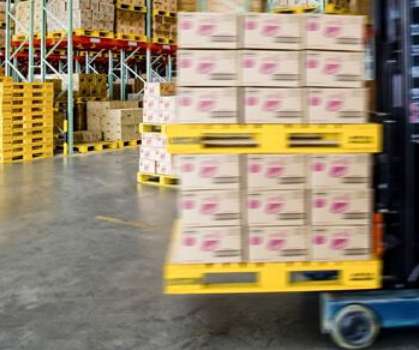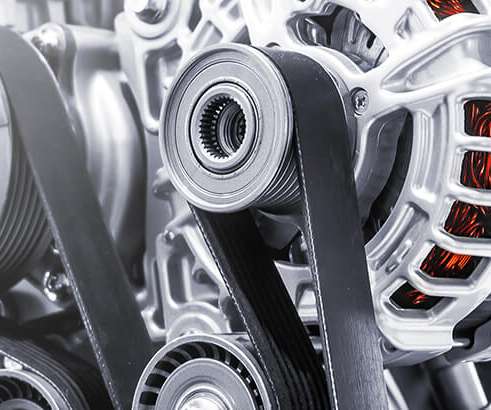How to Get a Job in the Supply Chain Sector
Logistics Bureau
NOVEMBER 16, 2020
So, you are thinking about a career in supply chain? While this article is intended as an evergreen resource, to help you navigate in your search for a supply chain job, and is not a COVID-19-specific guide, the pandemic has galvanized attention on the industry and its criticality.














Let's personalize your content